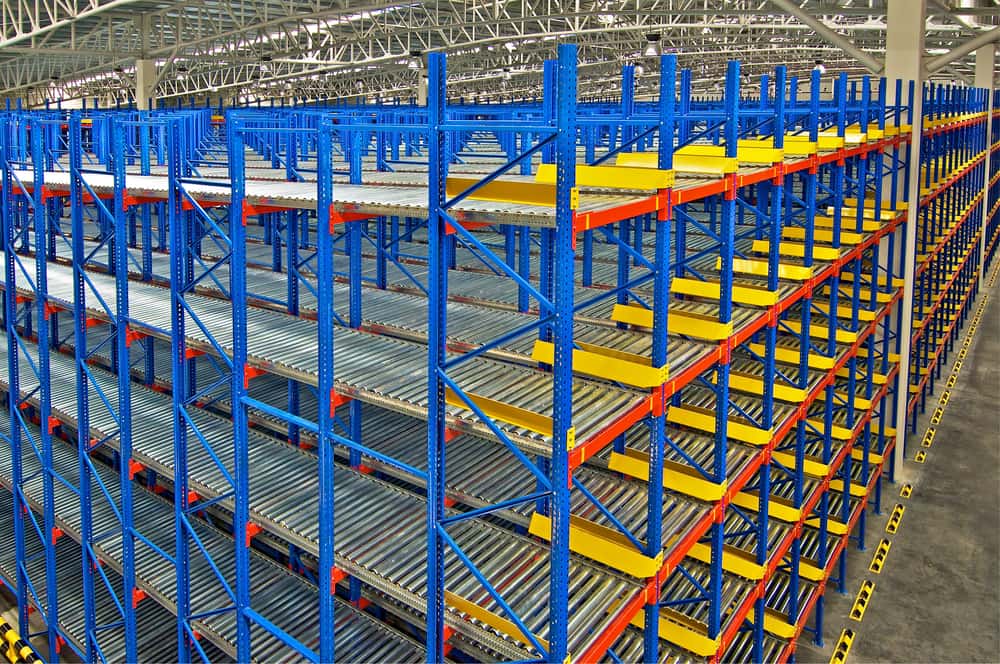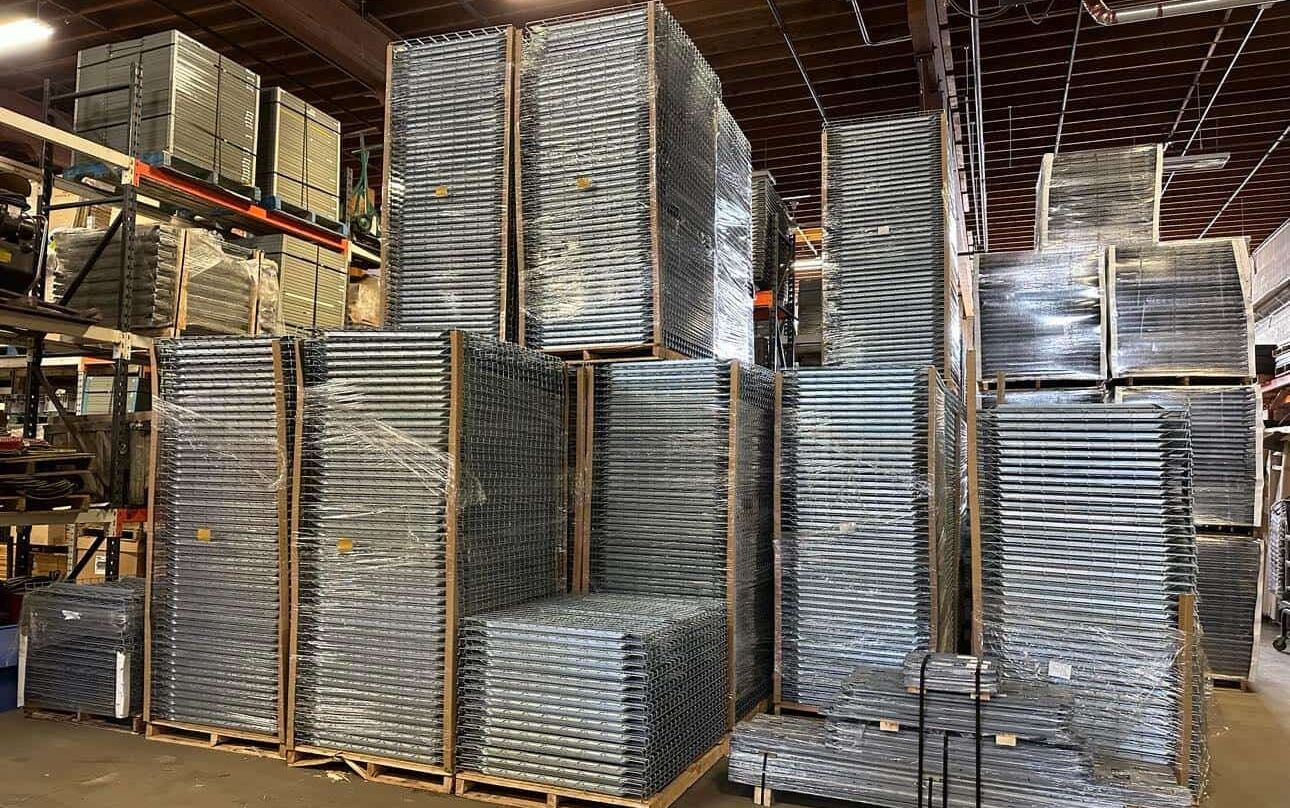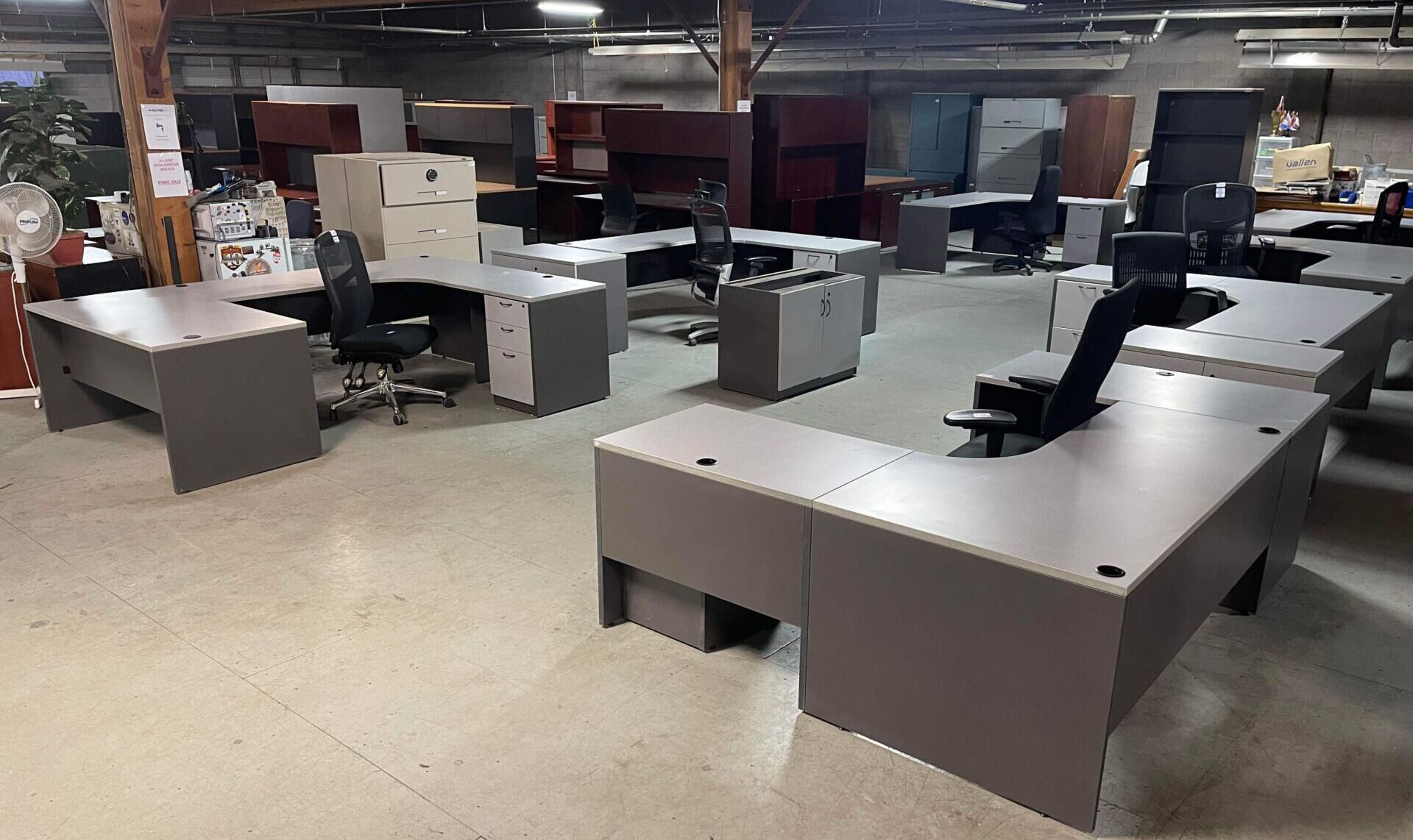Setting up the right pallet racking for your warehouse can significantly improve your operational efficiency and maximize your storage space. Whether you’re opening a new facility or optimizing an existing one, a well-planned racking system is key. At GD Liquidators, we supply new and used pallet racking in Edmonton, offering tailored solutions to meet your specific storage needs, budget, and warehouse operations.
Choosing the right pallet racking improves your warehouse by enhancing both space utilization and workflow. From maximizing vertical storage to ensuring easy access to products, the right system can transform your warehouse operations. In this blog, we’ll look at essential steps for selecting and measuring pallet racking for your warehouse, ensuring you make the most out of your storage space while improving overall efficiency.
Understand Your Storage Needs
Before selecting pallet racking for your warehouse, it’s essential to understand your storage needs. Consider:
What You Store
Look at the size, weight, and packaging of the items you’re storing—whether on pallets, in boxes, or oddly-shaped bins.
Your Access Needs
Think about how often and how easily you need to access your inventory. For instance, fast-moving goods need to be accessed easily and readily, while slower-moving stock can be placed higher or deeper.
Any Special Requirements
Certain industries require specialized storage. This can include temperature control, heavy-duty systems, customization, or adaptability.
Types of Pallet Racking
At GD Liquidators, we carry several types of pallet racking systems to meet your unique storage needs.
Selective Pallet Racking
Selective pallet racking is typically used in warehouses and distribution centres to ensure workers can easily access every stored pallet. This simple and versatile racking improves efficiency and reach in warehouses.
Reel Racking
Reel racking is designed specifically to hold large, heavy reels. This system stores reels in an organized way that minimizes the risk of damage, tangling, or deformation. They provide easy access using a rolling or rotating mechanism for retrieval.
Cantilever Racking
Cantilever racking is ideal for storing long or irregularly shaped items like pipes, bars, and lumber. The cantilever racking design allows easy access to products that are difficult to store on conventional shelving systems. It improves the space efficiency of warehouses when storing bulky products.
What to Consider When Selecting Pallet Racking
If you’re ready to add pallet racking to your warehouse, there are a few things to consider before making your purchase.
Availability of Space
The layout of your warehouse and the amount of space you have for extra storage are two of the most important considerations. In many cases, reaching out to a warehouse design consultant is the best way to ensure your space is optimized without risking mistakes with measurements or placement.
Inventory Management
Consider how your team manages the inventory stored in your warehouse. The type of pallet racking you choose shouldn’t be a hindrance to the systems you already have in place.
Equipment
Keep in mind that in most cases, a pallet racking system requires a forklift or other equipment to access the pallets in your warehouse. Ensure the equipment you have is compatible with the system you select. If not, make sure you have room in your budget to invest in new equipment.
How to Measure Your Warehouse for Pallet Racking
Accurately measuring your warehouse is critical when installing pallet racking. For the best results, measure:
- Floor Space: Measure the total usable area in square feet (length x width).
- Ceiling Height: Determine how high you can safely store products.
- Aisle Width: Make sure there’s enough room for forklifts to move comfortably.
- Obstacles: Account for doors, columns, sprinkler systems, and other fixed elements.
Next, you need to assess your inventory to determine racking specs, including:
- Beam Length: How many pallets do you want per level? For example, a standard 8’ beam fits two 40” pallets side by side.
- Upright Height: Based on how many levels of pallets you want and the height of your product.
- Rack Depth: A 42” depth fits most standard North American pallets.
Improve Your Warehouse Operations With Pallet Racking From GD Liquidators
When you’re ready to invest in new pallet racking to improve your warehouse, GD Liquidators in Edmonton is here to help. We offer a wide selection of new and used pallet racking systems and accessories, all backed by competitive pricing and bulk deals. Why choose us?
- A variety of new and used racking options in stock
- Convenient location in Edmonton for quick delivery or pickup
- Knowledgeable staff to guide you through the selection and layout process
Whether you’re looking for a single bay or a complete warehouse solution, we’re equipped to assist you.
Ready to get started? Contact GD Liquidators today for a custom quote or warehouse consultation. Visit our Edmonton location or browse our pallet racking inventory to see what’s available.



